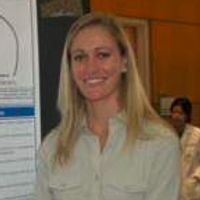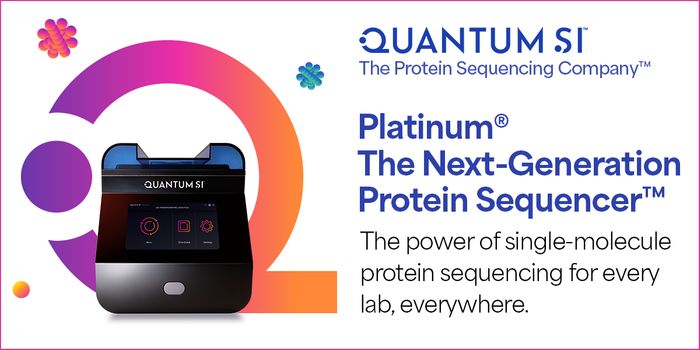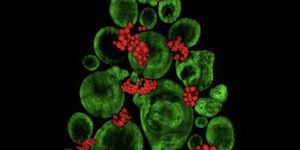A Quick Mention of Automated Drug Development
Drug discovery and development represents a complex, multifaceted, and important hurdle in modern day medicine. The way by which we identify, test, and improve upon small-molecule compounds is constantly evolving but still demand better methods not only to optimize the chemicals being utilized, but to speed up the process, diversify our capabilities, and get truly effective compounds more rapidly into the clinic to improve lives. So how do we achieve such discovery at an improved rate without compromising quality? Automation holds the promise to do just this, and this field is moving forward and an increasingly rapid pace. In a recent article published in Nature Reviews Drug Discovery, written by Dr. Gisbert Schneider out of Zurich, Switzerland, recent advances in this area is discussed, including artificial intelligence systems that improve a design hypothesis via feedback analysis in addition to microfluidics-assisted chemical synthesis and biological testing. That is, computer assisted drug design.
Dr. Schneider’s lab focuses on algorithm and software development for molecular design, applications in hit-to-lead compounds research, and optimization of such compounds. In the referenced article, he discusses the potential for these modalities to “accelerate time frames for compound discovery and optimization and enable more effective searches for chemical space.” He further goes on to discuss the “considerable conceptual, technical, and organizational challenges, as well as the skeptisms about current hype around them”. Automation in general is not a new concept. In fact, automated systems are a mainstay in truly high throughput drug screens in multiple capacities. There are automated liquid handlers, readers, and processor. Newer applications include decision support systems and computational modelers, as well as equipment for complete robotic synthesis and “hit” compound identification. There have even been advances such as organ-on-chip and artificial intelligence learning systems such as IBM’s Watson that continue to provide new opportunity for automated systems in this arena. Miniaturized discovery platforms for ultra-high throughput hit deconvolution by sequencing are also currently being utilized and developed and represents the potential that these platforms have to reduce the time needed to conduct screening using hardly any material at all. In addition to the implications for pure drug discovery, imagine what this could potentially mean in a clinical setting - perhaps a patient could have their tumor biopsied and from that small amount of material thousands of compounds could be tested against their tumor to find those with efficacy within hours. That of course, is a stretch of the imagination, but these advances afford the opportunity for imagination. With the rapid and continued advances in technology and computational science for medicinal chemistry, the opportunities are broad and we hope to take advantage.
Sources: Nature Reviews Drug Discovery, ETH Zurich, Pixabay
-
APR 30, 2024Immuno-Oncology Virtual Event Series 2024
-
MAY 07, 20243rd International Biosecurity Virtual Symposium
-
JUN 06, 2024The Future of Scientific Conferencing
- See More



















































